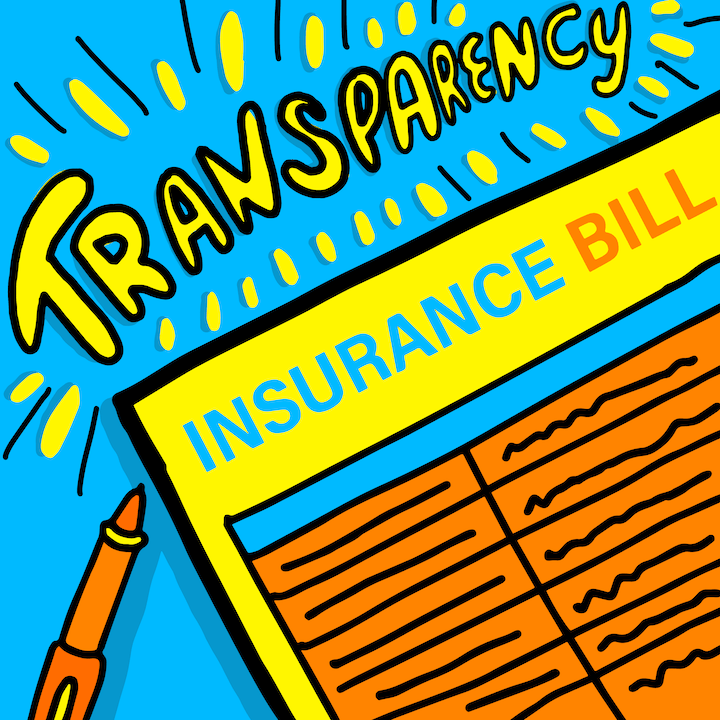In accordance with International Living’s 31st Annual Global Retirement Index, Panama has been named the world’s #1 destination for 2022. This Index, produced in accordance with numerous statistics and on-the-ground input from in-country correspondents, ranks and rates the world’s leading retirement locations. The index surveys 10 major categories that include cost of living, retiree benefits, […]










